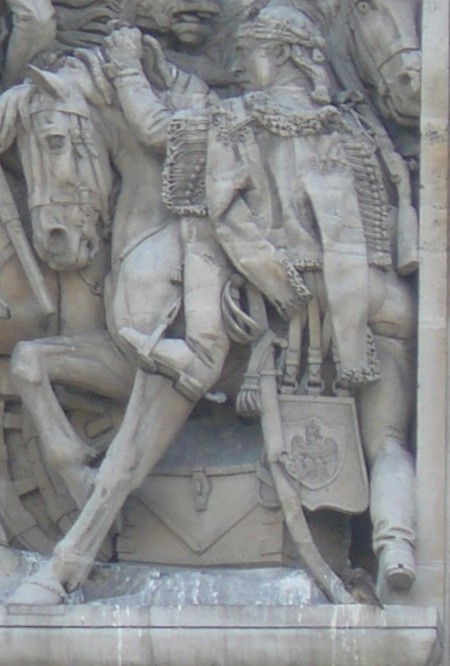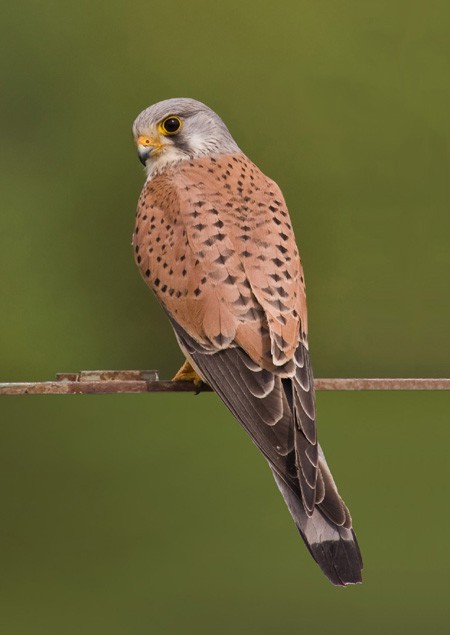Falco tinnunculus
The more Paris grows, the greater the effect it has on the environment. Humanity's presence and continuous activity are gradually taking over the natural spaces around us. In response to this encroachment, we are seeing increasing adaptation, as Nature seizes back the urban spaces from which it has been chased. In particular, the population of birds of prey in and around the capital has been steadily growing since the 1990s. Of this family, the common kestrel (Falco tinnunculus) – which can naturally be found in urban environments – has seen the largest growth in numbers. The CORIF (the ornithological centre for Île-de-France), which has been monitoring kestrel population figures in Paris since 1986, counted twenty-nine nesting couples in the capital for 2005. That total is probably closer to fifty today. And as the location for their nests, these little predators have more often than not chosen the magnificent monuments and buildings linked to the history of the Napoleonic eagle: the Arc de Triomphe de l'Etoile, the Château de Vincennes and even Notre-Dame. Although smaller than its royal cousin, the kestrel nevertheless remains an elegant beast. The kestrel's distinctive hovering flight allows it to hunt for passerines (also known as perching birds), rodents and insects, and swoop low over the ground.
Every year, CORIF holds a publicity event to inform the public of the kestrel and the home that it has made in Notre-Dame cathedral since 1840. This year, the association's stand can be found on Square Jean XXIII, just behind Notre-Dame cathedral on 18 and 19 June, 2011, from 10am to 7pm (Saturday) and 10am to 12noon (Sunday).
Nesting sites in Paris

Nests can be found at the following locations:
– The Arc de Triomphe: the Austerlitz panel (between Avenue de Wagram and Avenue Hoche), bottom right-hand corner, in the triangle formed by the boot, sabre, and the injured Chasseur à Cheval de la Garde Impériale's sabretache.
– Château de Vincennes: the Pavilion du Roi (Avenue Carnot/Esplanade Saint-Louis side), above the doorway leading out onto the moat near to the dungeon.
Further information
Visit the CORIF's official website for more information: http://www.corif.net/site/ (external link in French)
The kestrels at the Château de Vincennes now have their very own blog: http://lesfauconsduchateau.blogspot.com/ (external link in French)


